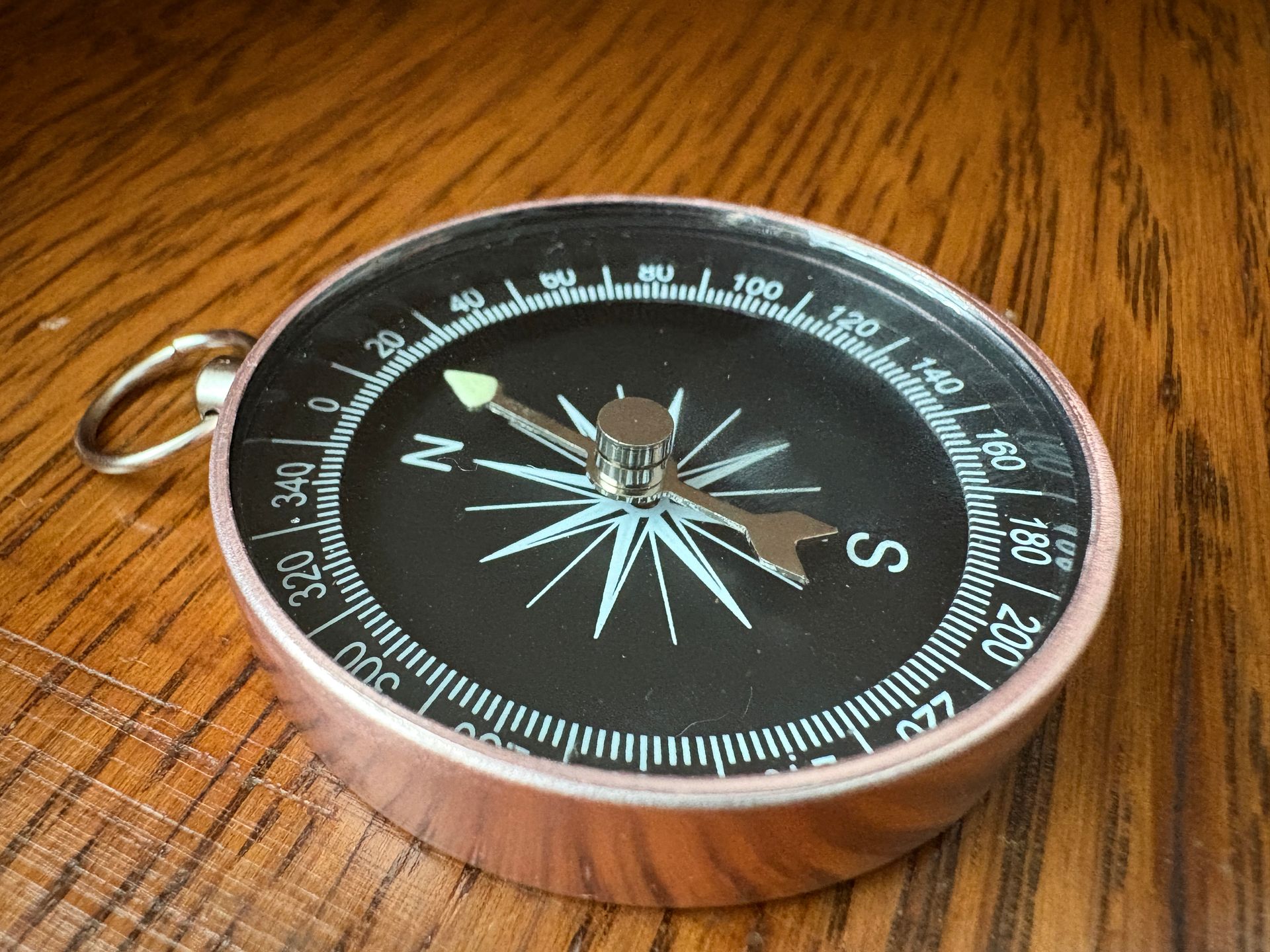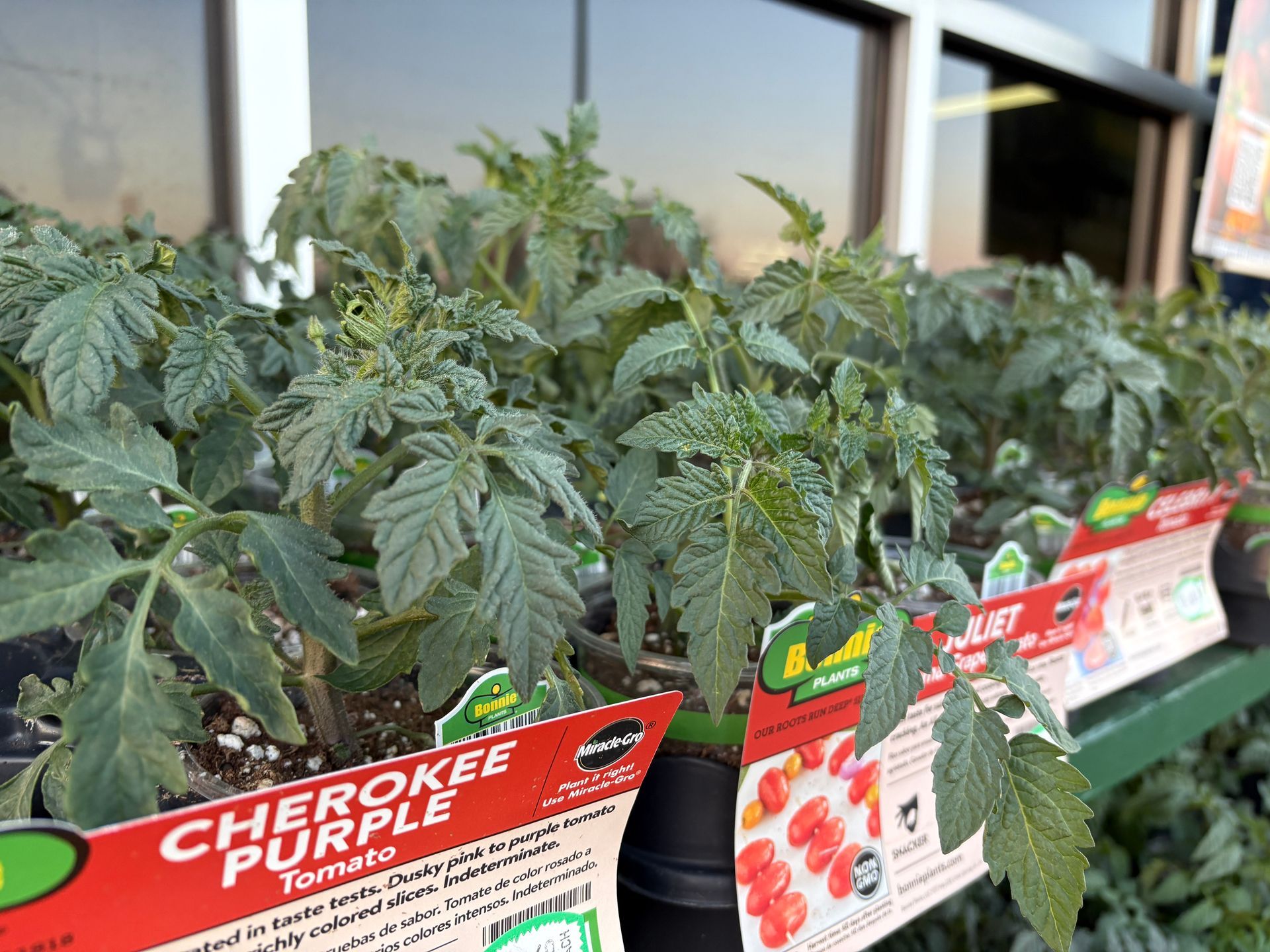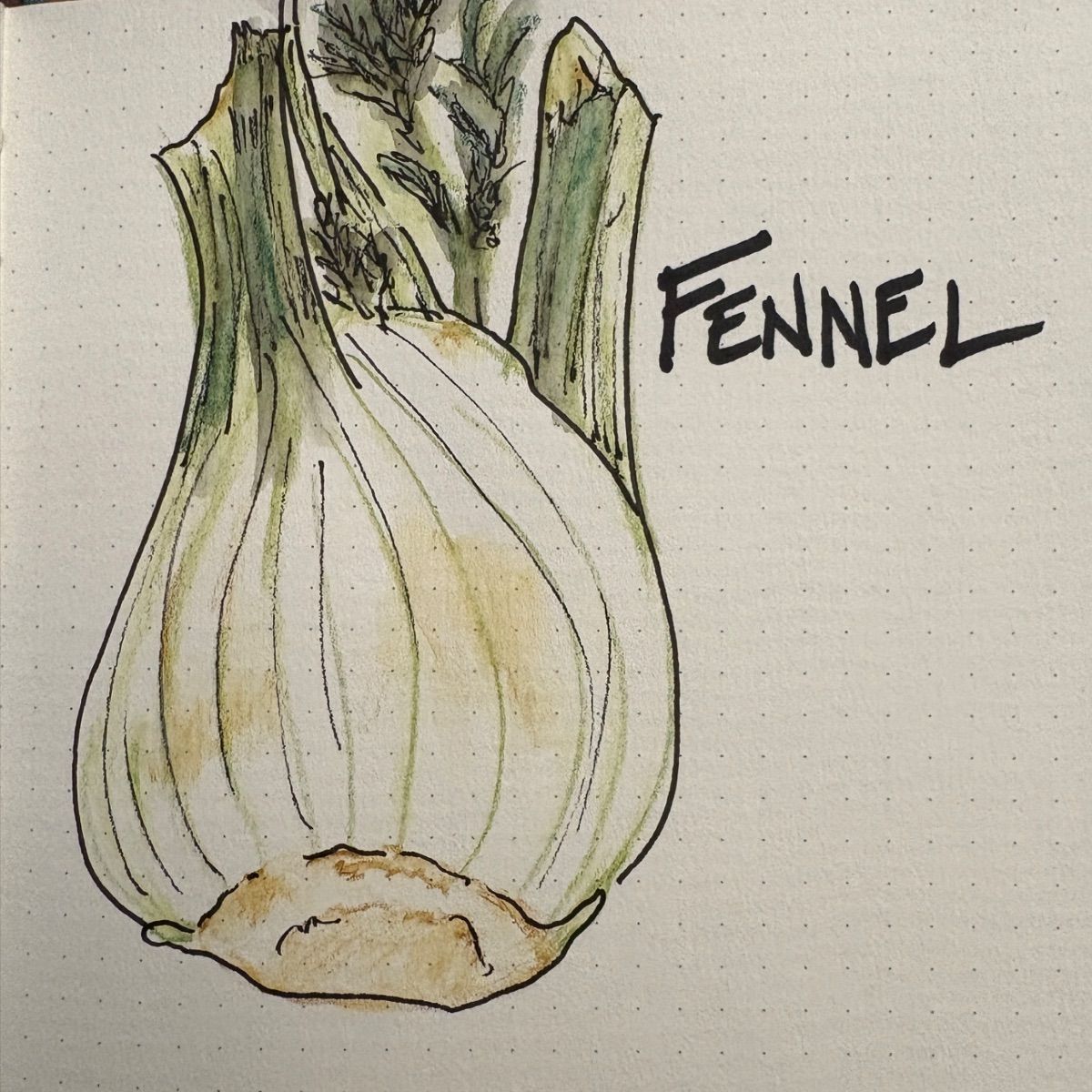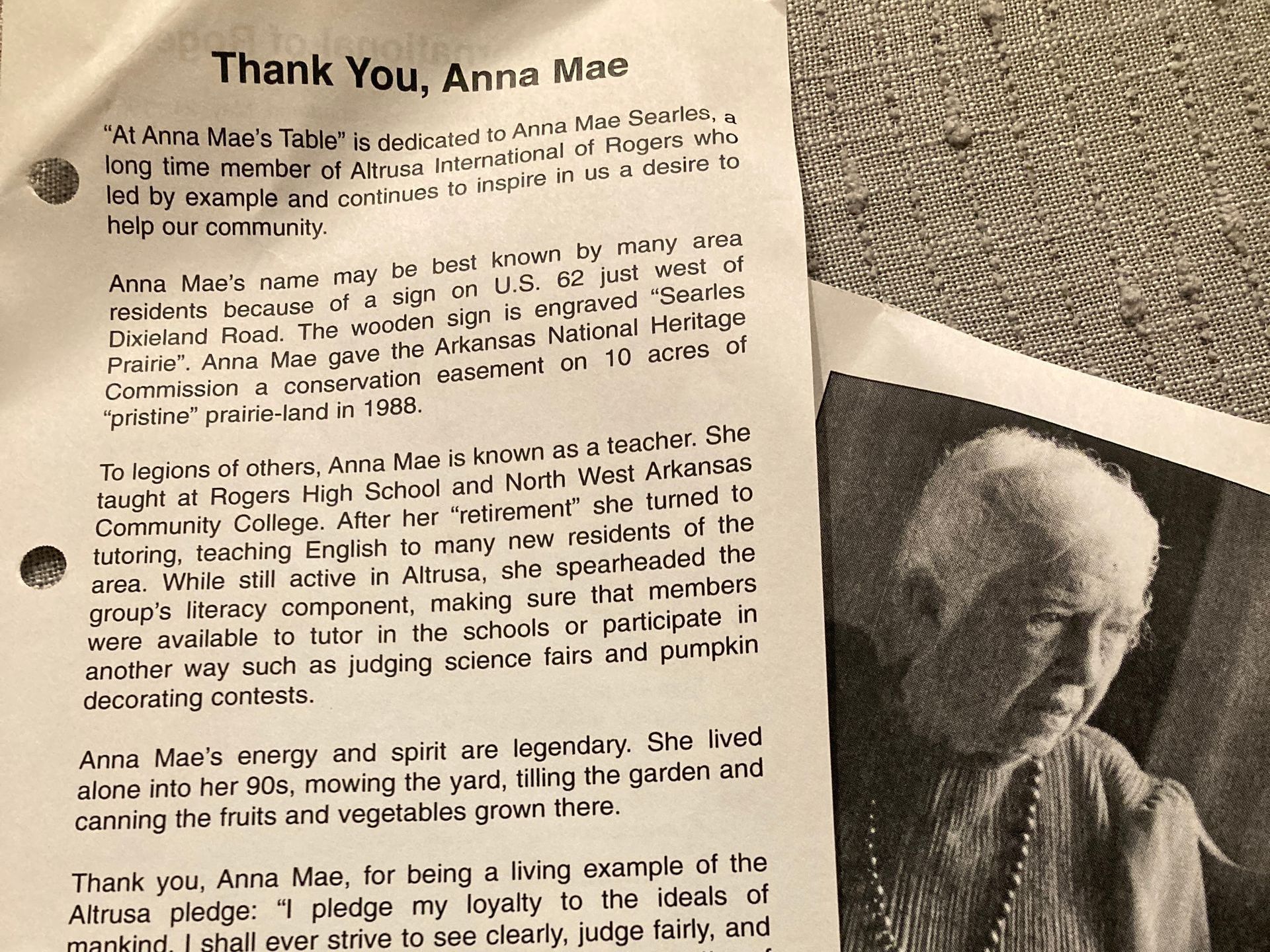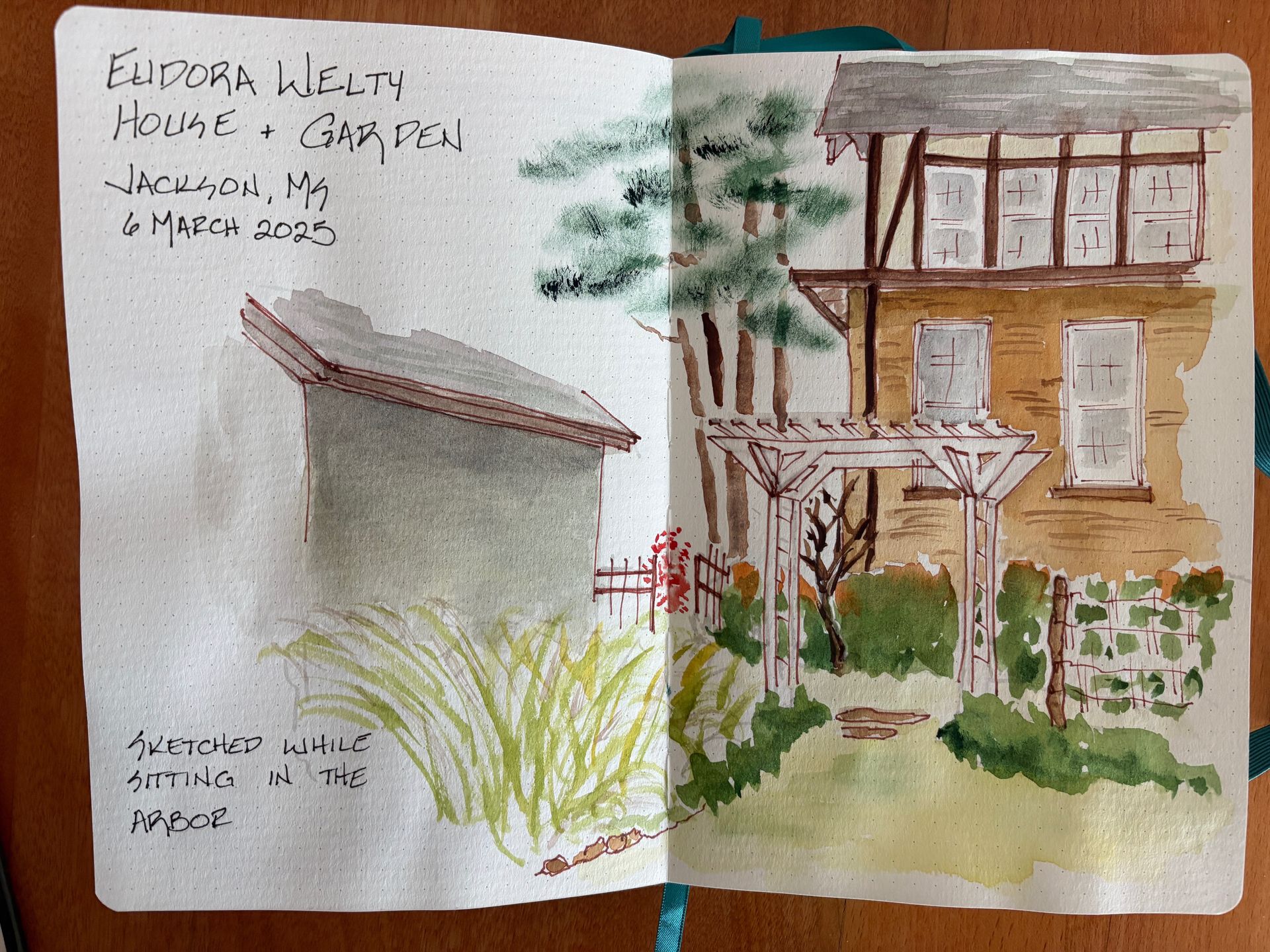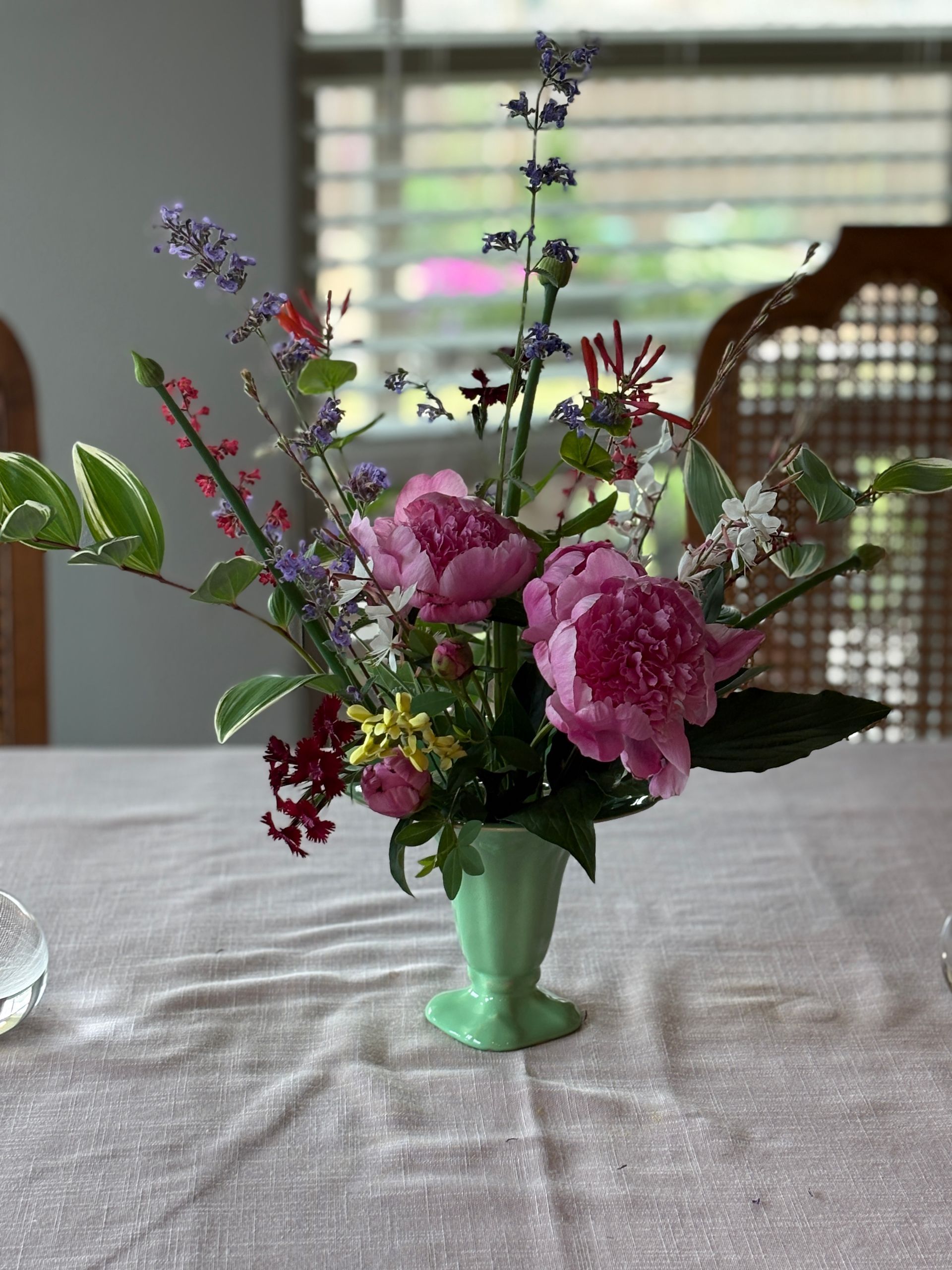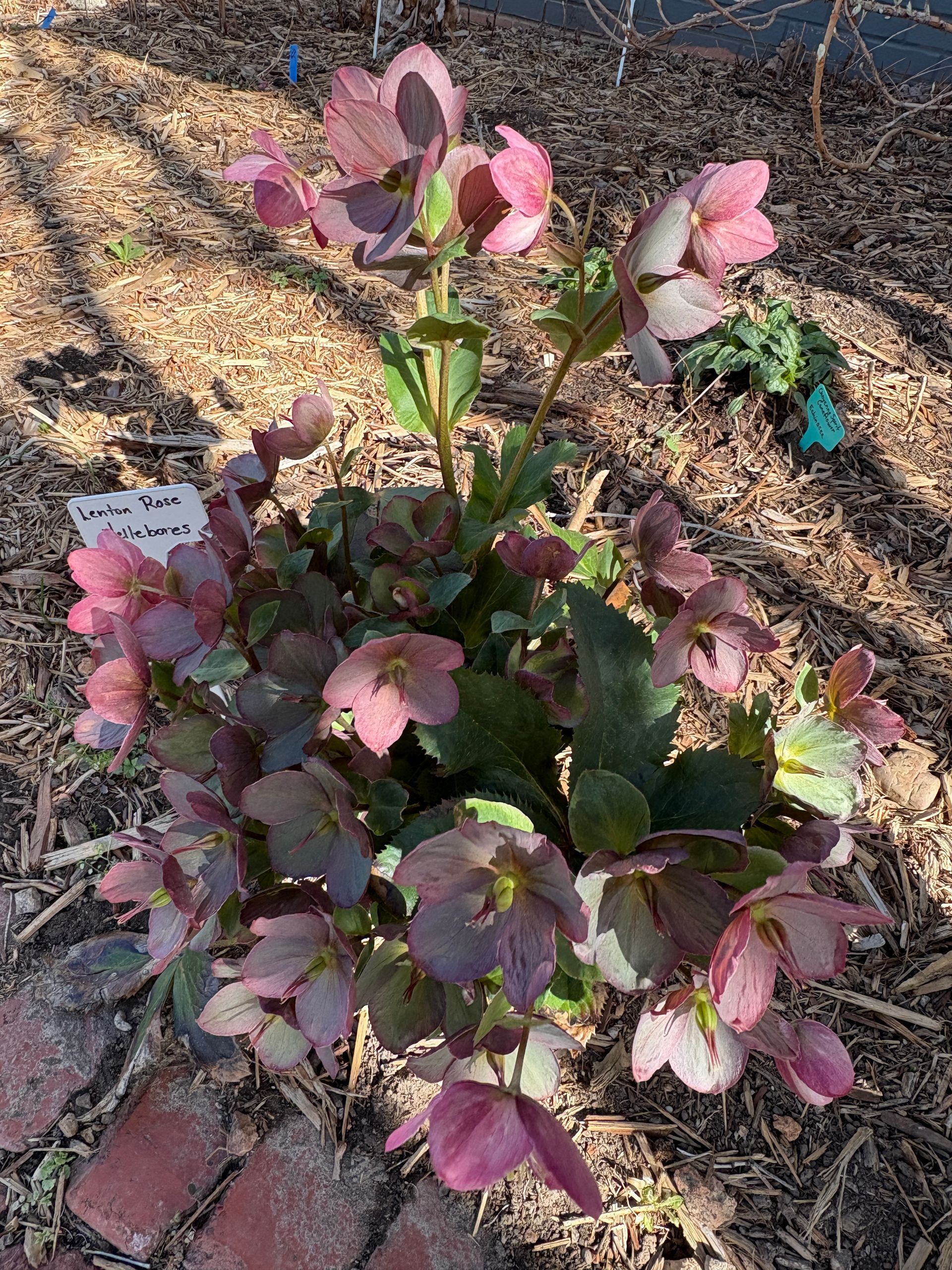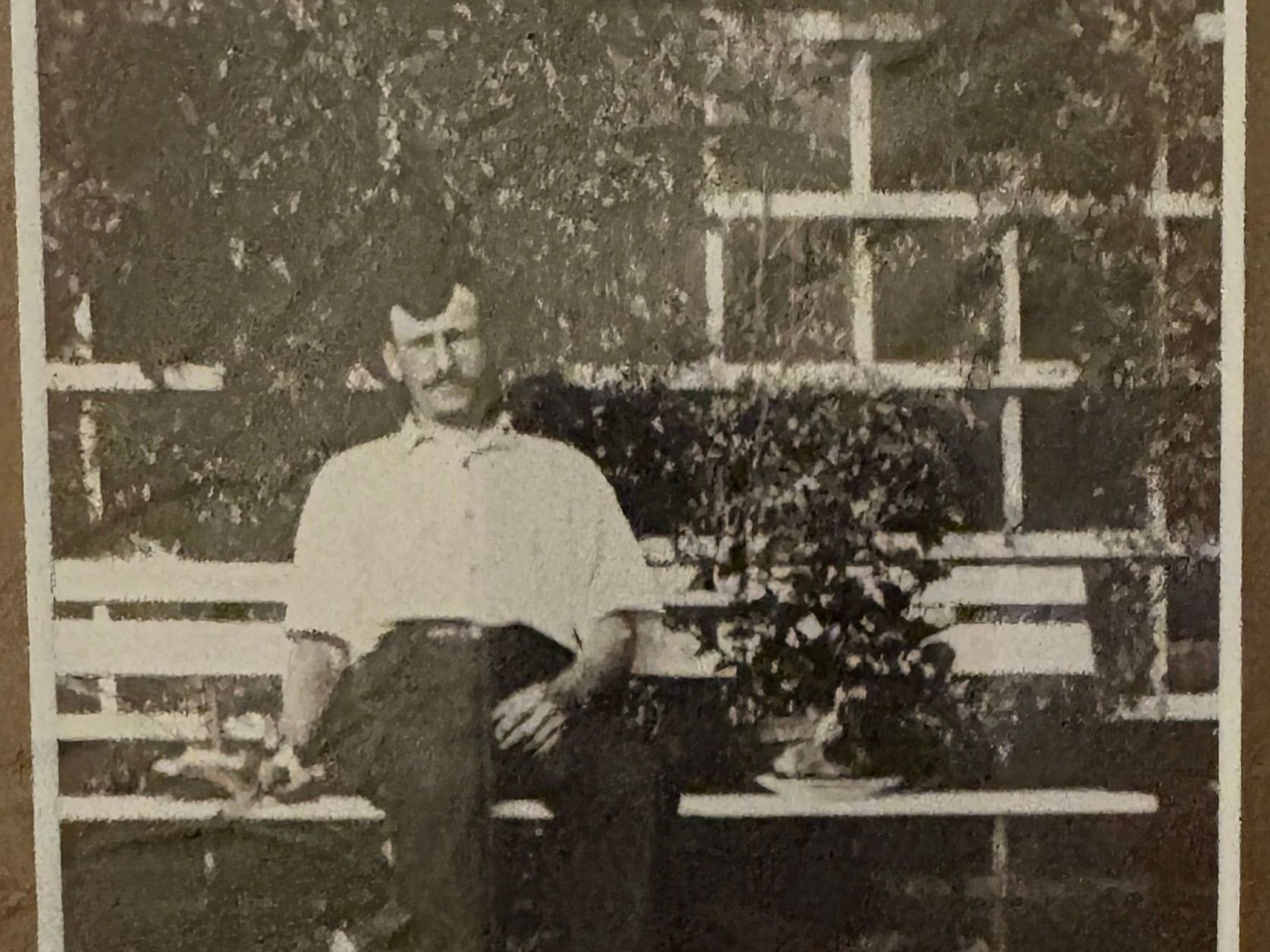Give Your Blooming Plants a Little Trim to Spruce Them Up
It is amazing how tidying up can improve the looks of a planting bed: weeding, cleaning up, cutting back, staking, reshaping, edging and mulching. And a little pruning now can rejuvenate the perennials, or even encourage them to rebloom.
Deadheading, removing faded flowers, has many benefits for you and your flower garden.
First, deadheading can be done in small segments of time. Just grab a bucket and a pair of garden snips. You may want to cut flowers for an indoor bouquet while you are in the garden.
Second, it gets you close to the plants, so you notice other things, such as insects, yellowing leaves, new blooms, and interesting color combinations.
Third, deadheading redirects the plants energy into creating more blooms. You may have planted your flowers to provide beauty, fragrance or cut flowers, which they do. But honestly those pretty, bright, fragrant flowers are produced to attract pollinating insects so the plant can set seed and reproduce. Once the seed is produced, the plant’s goal is achieved. The plant’s energy is redirected from producing flowers to producing seed. If you cut off the spent flowers, the plant produces more flowers in its attempt to reproduce.
Fourth, deadheading blooms and seed pods is a way to control self-sowing plants. Some annuals, such as cleome, self sow to return next year. Many biennials, since they bloom on second year plants, must self sow to keep blooming. Prolific self-sowers, such as rudbeckia and tall verbena, can be controlled by keeping the blooms deadheaded or encouraged by leaving some to reseed.
Self-sowing plants can be fun. Random planting by Mother Nature surprises you with a slightly new design scheme each year, adding to a cottage garden look or creating surprising plant combinations. However, letting the pretty blooms on chives go to seed can result in little chive plants everywhere and you know what their cousins, the wild onions, are like to weed.
Finally, regular deadheading improves the looks of your garden display by removing old blooms and encouraging more flowers. Those plants that only bloom once a season (columbine, hostas, most daylilies and iris) will simply look better if the spent flowers are removed.
How you deadhead is an art in itself. Start by looking at that plant’s structure. Where are the next blooms forming? In a daylily, pick off the spent flowers until the stalk no longer is carrying any buds, then cut the stalk back almost to ground level. Carnations and balloon flowers have new buds just below the old blooms, and need a careful approach. Flowers that appear on their own stem should be cut to the ground.
Perhaps it is not feasible to cut every little spent bloom. Many perennials benefit from shearing the plant back after the first flush of blooms. This is much faster and the plant may bloom heavily again in a few weeks. Instead of cutting every one of the hundred of blooms on my coreopsis, I just give it a rough haircut, cutting the plant back by half.
Many shrub roses, such as Rosa mutabilis (the butterfly rose), Caldwell’s Pink, Nearly Wild, Simplicity, or Knock Out can be sheared back with hedge shears after each flush of blooms. This creates more compact, bushier plants and three or more bloom displays from a rose planting in a season.

